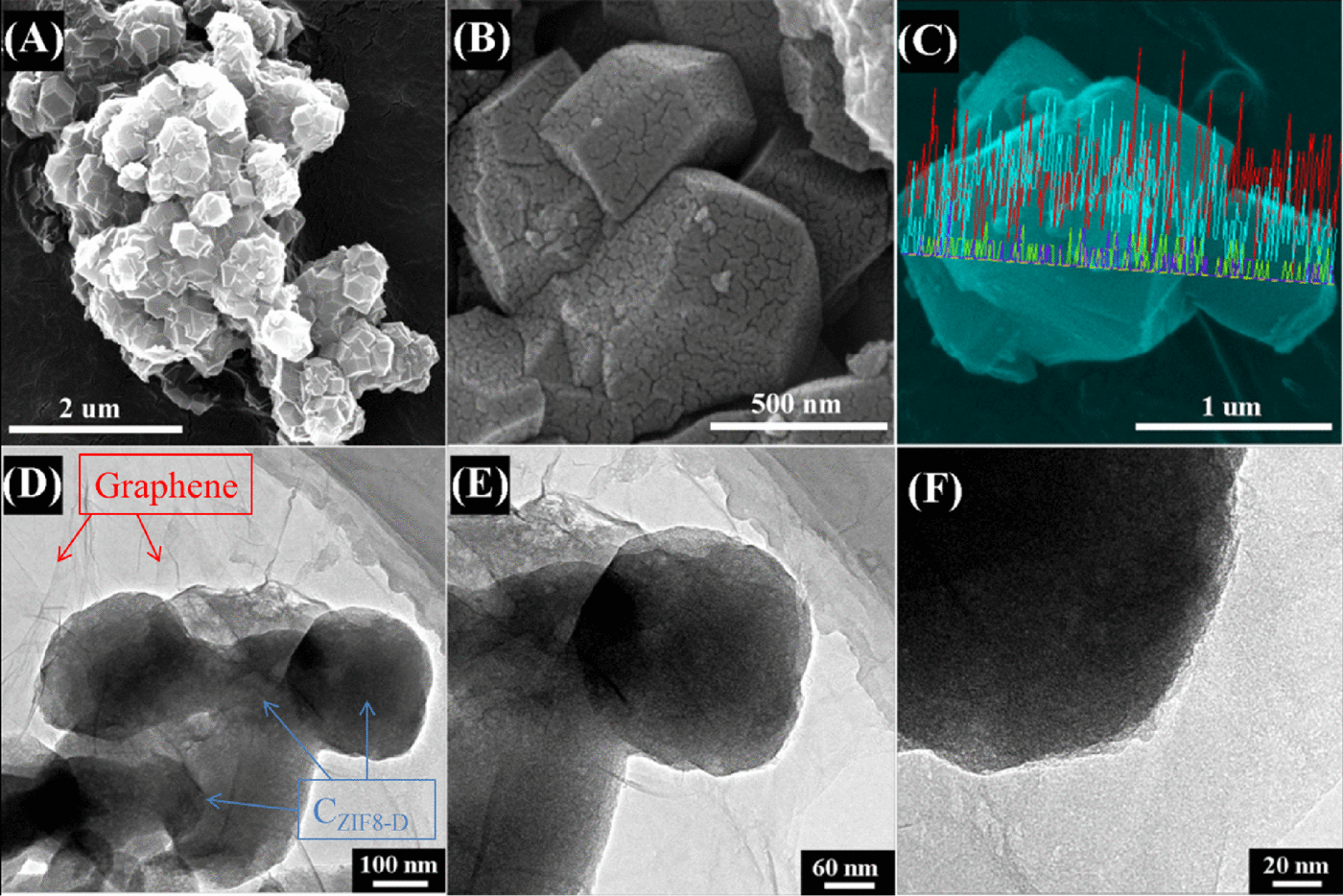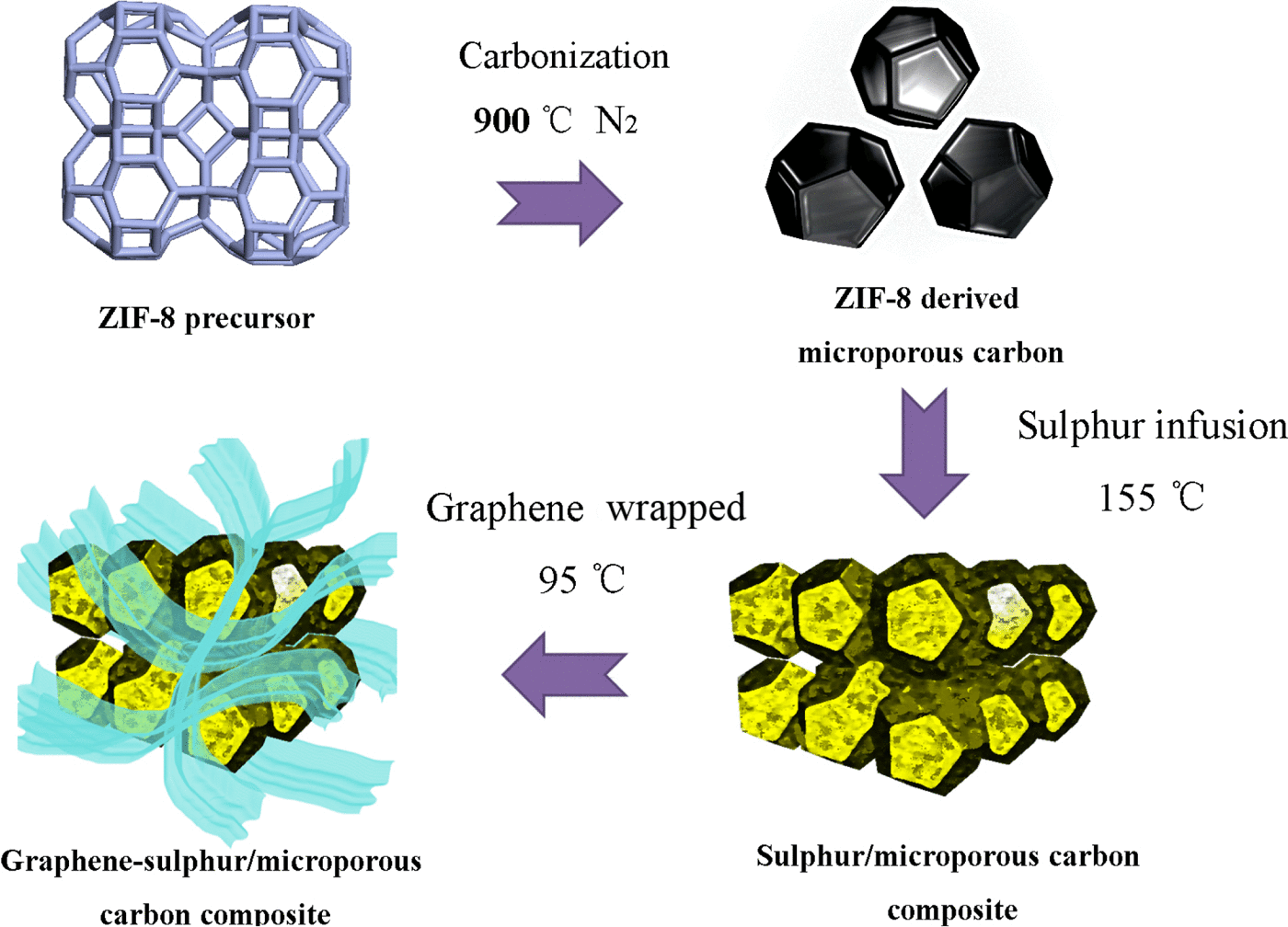Battery on lithium-sulfur battery with a graphene shell

According to Phys.org , a group of scientists led by Dr. Vasant Kumar from the University of Cambridge and prof. Renji Chen from the Beijing Institute of Technology has created a new kind of cathodes for lithium-sulfur batteries using graphene. Scientists have used the so-called organometallic structures , which have recently been actively investigated and used for storing hydrogen, creating various membranes and catalysts for reactions.
With the help of ultrasound, it was possible to create a porous carbon conductive network, where nanoparticles of gray-carbon store energy and enter into chemical reactions. And if you then wrap everything in a layer of graphene, then the speed of transportation of electrons and ions increases. “Our carbon“ cell ”works as a physical barrier that holds back active materials in its porous structure,” says one researcher, Kai Xi. "Increases charging cycle stability and battery efficiency." In practical terms, the study opens up possibilities for creating high-speed non- toxic-free (not requiring changes in the crystal structure of the material) energy storage systems.


')
Lithium-sulfur batteries are a very promising technology. Their first samples were obtained relatively recently, only 10 years ago. The design of such a battery is similar to a lithium-ion battery , but a sulfur-containing cathode is used together with a lithium anode, thereby increasing its specific charge capacity. You can also use a liquid cathode with an increased current density. The advantage of Li-S is the specific capacity, which is already up to 300 Wh / kg in the first models, which is twice the amount of lithium-ion polymer batteries. The theoretical specific capacity is up to 2600 Wh / kg.
Other advantages of the lithium-sulfur battery include the absence of the need to use protection components, low cost, a wide range of temperatures at which such a battery is able to work, and overall environmental safety. The only reason you do not carry Li-S in your pocket is a very short lifetime (only 50-60 charge-discharge cycles). If this problem can be solved, then we are waiting for a bright future with a very long working (and most likely very powerful) smartphones.
Source: https://habr.com/ru/post/364537/
All Articles